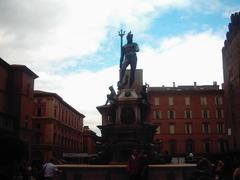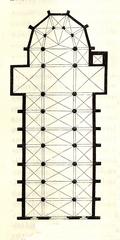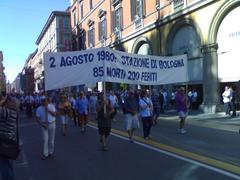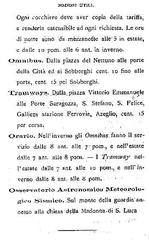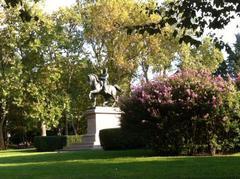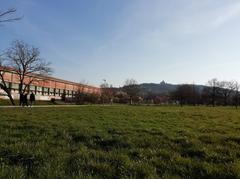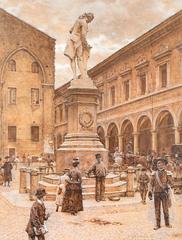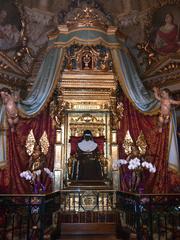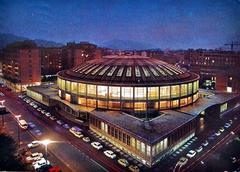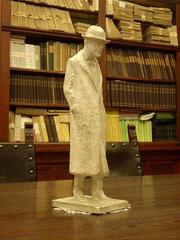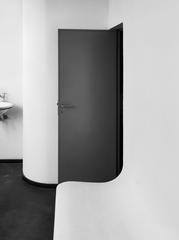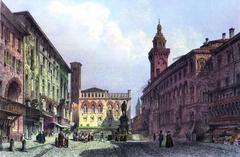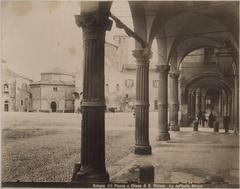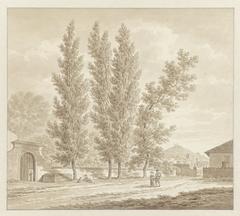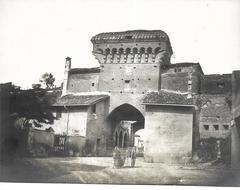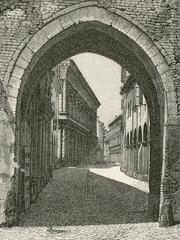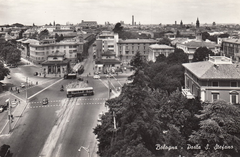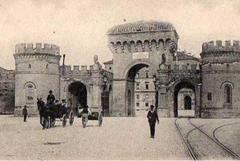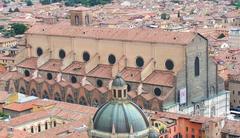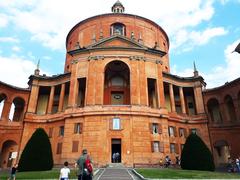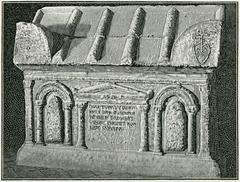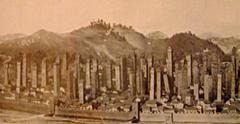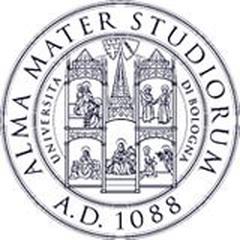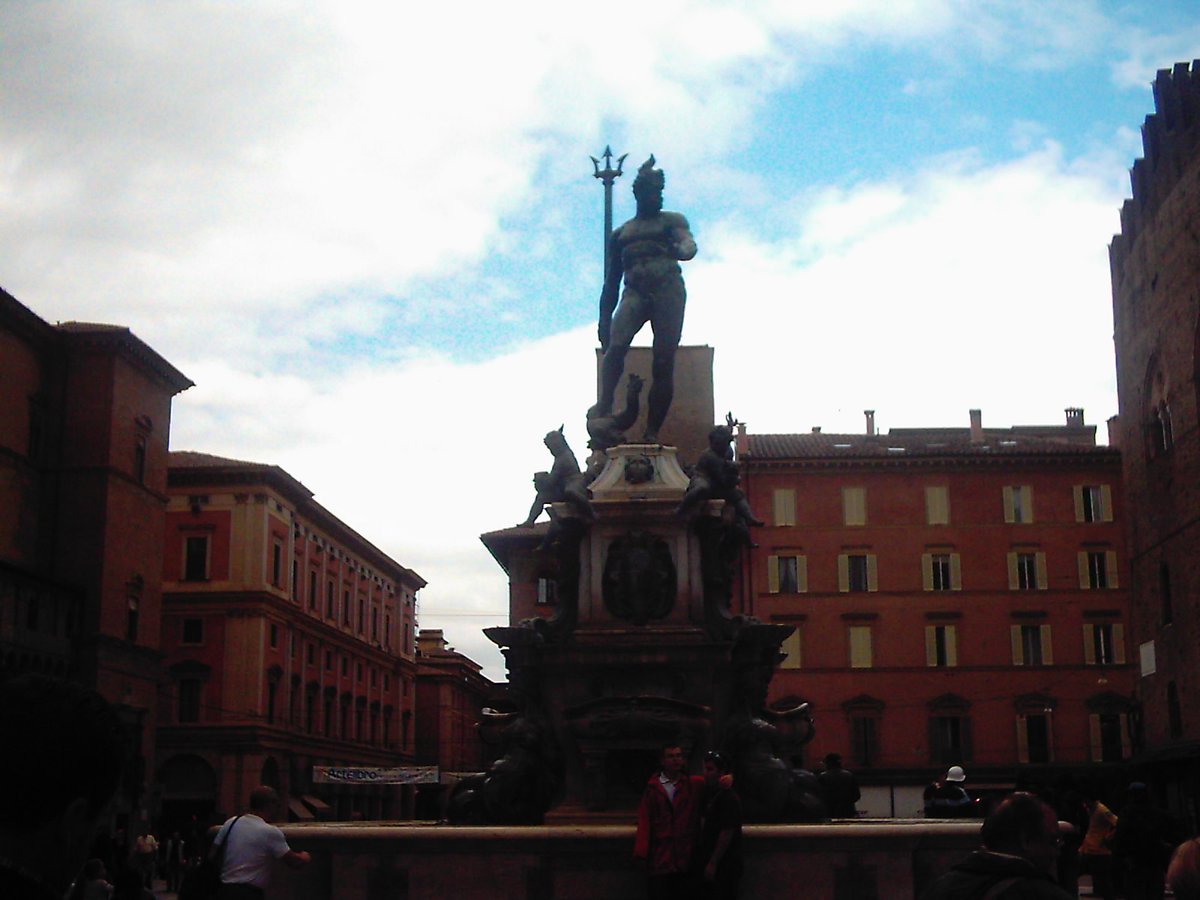
Fontana del Nettuno in Bologna: Visiting Hours, Tickets, and Historical Insights
Date: 18/07/2024
Introduction
This comprehensive guide delves into the historical significance, artistic brilliance, and practical visitor information for Fontana del Nettuno. From its intricate design and construction to its role as a central meeting point in Bologna, this guide offers a detailed exploration of this historical masterpiece. Whether you are a history buff, an art enthusiast, or a traveler planning your visit, this guide will equip you with all the necessary information to fully appreciate the Fontana del Nettuno.
Table of Contents
- [Discover the History and Significance of Fontana del Nettuno in Bologna](#discover-the-history-and-significance-of-fontana-del-nettuno-in-bolognadiscover-the-history-and-significance-of-fontana-del-nettuno-in-bologna)
- [The Renaissance and Papal Influence](#the-renaissance-and-papal-influencethe-renaissance-and-papal-influence)
- [Giambologna’s Masterpiece](#giambolognas-masterpiecegiambolognas-masterpiece)
- [Symbolism and Meaning](#symbolism-and-meaningsymbolism-and-meaning)
- [Construction and Materials](#construction-and-materialsconstruction-and-materials)
- [A Historical Landmark](#a-historical-landmarka-historical-landmark)
- [Restoration and Preservation](#restoration-and-preservationrestoration-and-preservation)
- [Visitor Information and Tips](#visitor-information-and-tipsvisitor-information-and-tips)
- [FAQ](#faqfaq)
- [Conclusion](#conclusionconclusion)
- [References](#referencesreferences)
Discover the History and Significance of Fontana del Nettuno in Bologna
The Fontana del Nettuno, or Fountain of Neptune, is one of the most iconic landmarks in Bologna, Italy. Located at the heart of the city, in the Piazza del Nettuno, this majestic fountain is not just a source of water but a symbol of Bologna’s rich history, power, and artistic prowess.
The Renaissance and Papal Influence
The fountain’s story begins in the mid-16th century, a period when Bologna, under the dominion of the Papal States, was undergoing significant urban renewal. Pope Pius IV, aiming to reassert the Church’s authority and beautify the city, commissioned the creation of the fountain.
Giambologna’s Masterpiece
The task of designing and sculpting this grand project was entrusted to the renowned Flemish artist Giambologna (Jean de Boulogne) in 1563. Giambologna, already a celebrated sculptor in Florence, took on this challenge, creating what is considered one of his masterpieces and a pinnacle of Mannerist sculpture.
Symbolism and Meaning
The fountain’s design is rich in symbolism, reflecting the political and cultural climate of the time.
- Neptune, the Sea God: The imposing figure of Neptune, standing over 3 meters tall, dominates the fountain. He represents not just the sea but also the power of the Papacy, extending its influence over the seas and lands.
- Trident and Control: Neptune’s commanding pose, with his outstretched arm holding the trident, symbolizes his dominion over the waters. This imagery was particularly significant as it alluded to the Pope’s control over the city and its people.
- Four Cherubs and Rivers: At Neptune’s feet are four cherubs, each representing a major river from different continents known at the time - the Ganges (Asia), the Nile (Africa), the Amazon (America), and the Danube (Europe). This symbolized the global reach of both the Papacy and Bologna’s trading influence.
Construction and Materials
The construction of the Fontana del Nettuno was a complex undertaking, involving skilled artisans and a variety of materials.
- Bronze Casting: The statues of Neptune, the cherubs, and the dolphins were cast in bronze, a testament to the advanced metalworking techniques of the time.
- Local Stone: The base of the fountain, including the basin and the surrounding steps, was constructed using locally sourced Veronese stone, adding to the fountain’s grandeur and blending it with the architectural style of the piazza.
A Historical Landmark
Over the centuries, the Fontana del Nettuno has become deeply intertwined with the social and cultural fabric of Bologna.
- Meeting Point: The piazza and the fountain have served as a central meeting point for the city’s residents, a place for social gatherings, celebrations, and even protests.
- Student Traditions: The fountain holds a special place in the hearts of students from the University of Bologna, the oldest university in the Western world. It’s a tradition for graduating students to take a dip in the fountain, a testament to its enduring presence in university life.
- Symbol of Bologna: Today, the Fontana del Nettuno is more than just a fountain; it’s a symbol of Bologna itself, representing the city’s artistic heritage, historical significance, and enduring spirit.
Restoration and Preservation
Like many historical monuments, the Fontana del Nettuno has undergone several restorations over the years to preserve its beauty and structural integrity.
- Early Interventions: The fountain saw its first restoration efforts in the 17th century, addressing wear and tear from the elements and the constant flow of water.
- 20th-Century Restoration: In the 20th century, more extensive restoration work was undertaken to address damage caused by pollution and aging.
- Recent Preservation: In recent years, the focus has shifted towards preventative conservation, using advanced techniques to monitor the fountain’s condition and address potential issues before they escalate.
Visitor Information and Tips
Visiting Hours and Tickets: The Fontana del Nettuno is located in a public square and can be visited at any time. No tickets are required for viewing the fountain itself.
Nearby Attractions: While visiting the Fontana del Nettuno, you can also explore nearby attractions such as the Piazza Maggiore, the Basilica di San Petronio, and the Asinelli and Garisenda Towers.
Accessibility: The Piazza del Nettuno is accessible to visitors with disabilities. The surrounding area is paved and suitable for wheelchairs.
The Fontana del Nettuno stands as a testament to the artistic brilliance of the Renaissance and the enduring legacy of Bologna’s rich history. It’s a must-visit for any traveler to the city, offering a glimpse into the city’s past and a chance to appreciate a true masterpiece of Italian sculpture.
FAQ
- What are the visiting hours for Fontana del Nettuno? The Fontana del Nettuno is located in a public square and is accessible at any time.
- Is there an entrance fee for Fontana del Nettuno? No, there is no entrance fee to visit the Fontana del Nettuno.
- What are some nearby attractions? Nearby attractions include Piazza Maggiore, Basilica di San Petronio, and the Asinelli and Garisenda Towers.
Visit and stay up to date with our latest posts and follow us on social media for more updates.
Conclusion
In recent years, efforts to preserve this iconic monument have ensured that future generations can continue to admire its beauty and historical importance. With no admission fees and round-the-clock accessibility, the Fontana del Nettuno remains a must-visit attraction for anyone exploring Bologna. By appreciating its historical context, artistic brilliance, and cultural impact, visitors can gain a deeper understanding of Bologna’s rich past and vibrant present.
